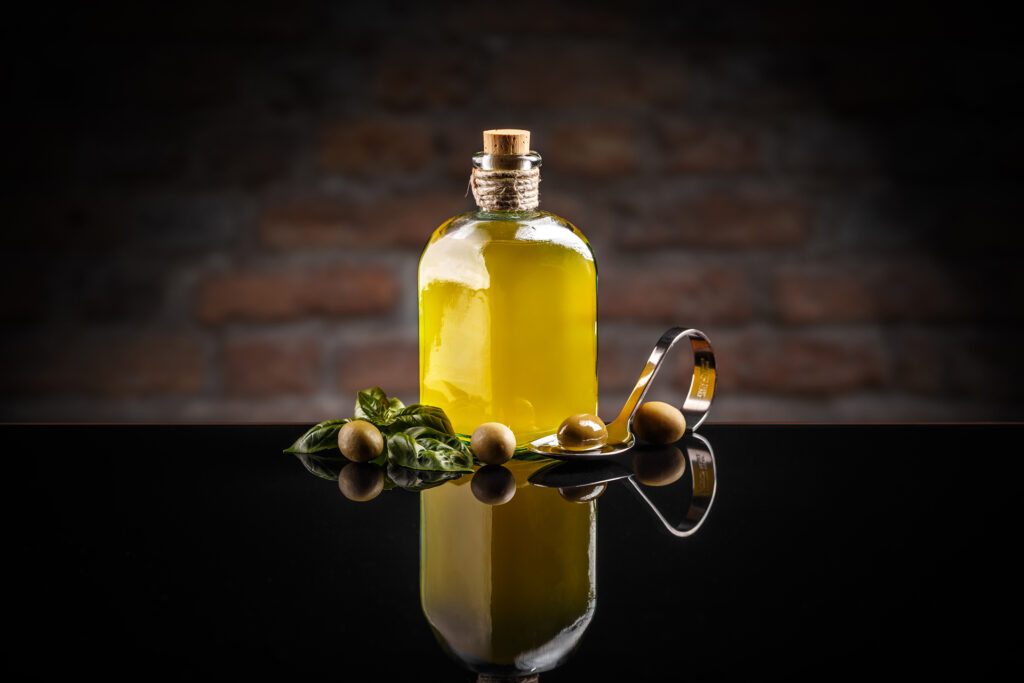Olive holds profound significance in the Middle East, both culturally and economically. Olive-based products have been a staple in the region for millennia, playing a pivotal role in Middle Eastern cuisine and culinary traditions. Beyond its culinary uses, olive oil also has substantial economic importance, serving as a vital agricultural commodity. The olive tree, with its resilient nature, has thrived in the arid climates of the Middle East, making it a valuable crop for farmers, and contributing significantly to the region’s Food system.
It is essential to recognize that olive oil also holds great importance in Europe. Europe boasts a rich history of olive cultivation and oil production, particularly in Mediterranean countries like Spain, Italy, and Greece. Olive oil, often referred to as “liquid gold,” not only plays a pivotal role in European cuisine but also serves as a cornerstone of the Mediterranean diet, renowned for its health benefits. The parallel between the olive oil industries in the Middle East and Europe underscores the global importance of addressing the challenges facing olive oil production worldwide.
However, olive oil has been in a shortage that has bordered a crisis this year due to the implications of climate change. The significant depletion of the oil supply was sparked by Spain, the world’s main exporter and producer of half of the world’s supply. In 2021, Spain exported $230M in Olive Oil, making it the 1st largest exporter of Olive Oil in the world. In July 2023, Spain‘s Olive Oil exports accounted for up to €27.6M and imports for up to €9.63M[1]. The reason behind this decrease in supply is severe drought and wildfire during Europe’s hottest summer on record in 2022[2].
In 2018, Lebanon was ranked as the 15th largest producer of olive oil, contributing 0.5% to global production[3]. Given this, can Lebanon capitalize on the existing situation to make headway in the export realm?
But First, Technically, How Does Climate Change Affect Olive Oil Production?
Climate change has far-reaching implications for various ecosystems and agricultural practices, with the olive tree (Olea europaea) being particularly vulnerable to the increasing incidence of drought events. As global temperatures rise, and weather patterns become more erratic, prolonged periods of drought have become increasingly common. These changes in climate conditions can have a profound impact on olive tree cultivation. Olive trees are adapted to thrive in regions with a Mediterranean climate, characterized by mild, wet winters and hot, dry summers. However, the changing climate is causing disruptions to these patterns.
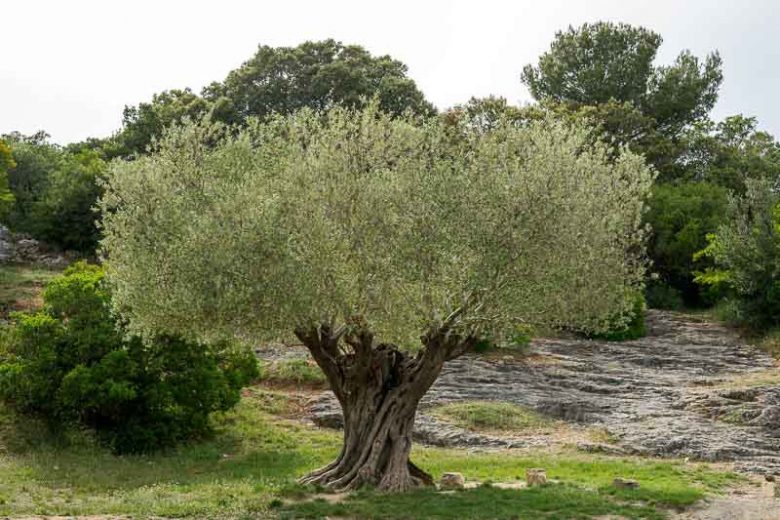
Drought stress can lead to reduced fruit production, smaller and lower-quality olives, and even tree mortality. Moreover, drought makes olive trees more susceptible to pests and diseases, further threatening their productivity. Adaptation strategies, such as improved water management practices and the development of drought-resistant olive varieties, are becoming increasingly crucial in mitigating the impact of climate change on olive trees.
Professor. Nabil Nemer, Entomologist and Director of the Higher Center for Research at the Holy Spirit University of Kaslik – USEK, provided valuable insights into the technical aspects of olive oil production in Lebanon and the impacts of climate change and pest infestation.
Zoom-in On Science
- Climate Change Effects on Olive Production: Lebanon experienced reduced olive production this year, primarily attributed to climate change. During the fruiting period, Lebanon faced severe cold temperatures and a prolonged drought season. These conditions caused olives to dry up and fall prematurely, resulting in a significant 75% to 80% decrease in olive oil production. The direct correlation between climate factors and reduced production is a concern that highlights the vulnerability of olive trees to changing weather patterns.
- Stress and Pest Infestation: Olive trees under stress are more susceptible to pest infestations. Any form of stress, whether due to climatic conditions or other factors, increases the likelihood of pest attacks. Stress compromises the tree’s defenses, making it easier for pests to infest the olives and other parts of the tree.
- Olive Fruit Fly (Bactrocera oleae) ذبابة الزيتون: The olive fruit fly is of particular concern. Professor Nemer notes that climate-induced stress increases the percentage of attacks caused by this pest, which can significantly damage olive crops.
- Olive Bud Borer (Phloeotribus scarabeioides Bern): This pest primarily affects small olive buds, and during drought seasons, it can have a more pronounced impact. When there’s a scarcity of water, the smaller branches of olive trees tend to dry out more than the larger ones, making the tree more susceptible to this pest.
- Olive Moth (Prays oleae)عتت الزيتون : The olive moth is another concerning pest. It has a detrimental effect on olive fruit, leading to fruit abortion, particularly in times of stress or drought.
- Influence of Humidity on Olive Tree Health: Professor Nemer notes that humidity levels are significant for olive tree health. A climate with high humidity can lead to increased pest infestations.
- Disease Impact (Verticillium): Olive trees face higher infection rates by Verticillium fungiespecially in humid climates, which causes atrophy in the trees and hinders fruit production. This further underscores the challenges posed by both pests and diseases.
- Varieties of Olive Trees: The type of olive tree is crucial in determining the water needs and susceptibility to pests. European species require consistent irrigation and specific schedules to combat pests like the olive fruit fly. Local Lebanese species are more resilient against pests and drought, especially when there are prolonged heat waves.
- Irrigation and Pest Management: Dripping irrigation plays a vital role in managing pest infestations, and its effectiveness varies based on the olive tree variety. It is essential to adapt irrigation practices to the specific needs of the tree.
- Market Demand and Support: Lebanese olive oil is in high demand and is known for its quality. However, the production barely covers the internal market demand, and olive oil growers receive limited support from funding agencies. This highlights the potential for growth in the sector with the right interventions and support.
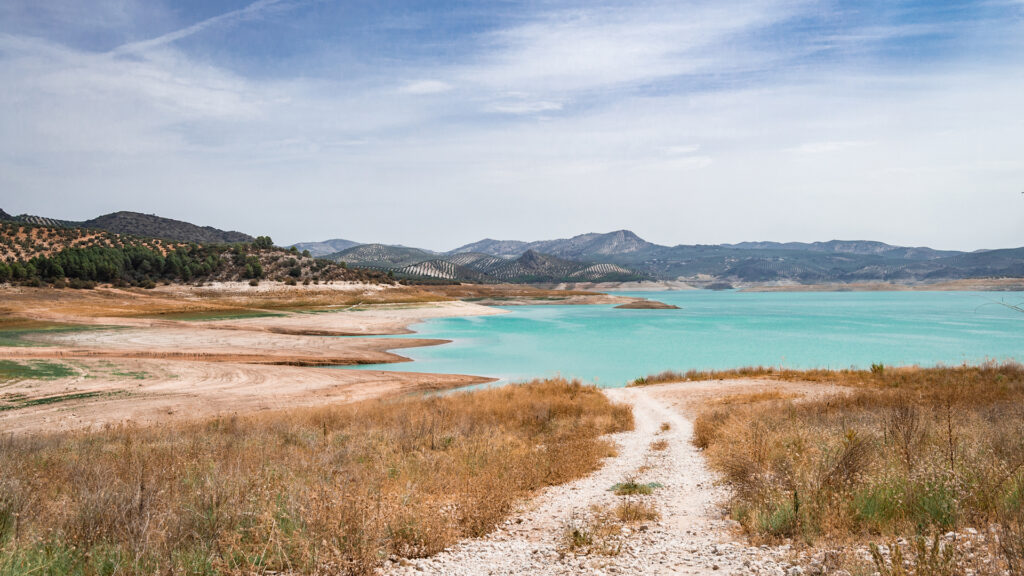
Risks and Mitigation Measures
In view of the above stated, the rising global olive and olive oil crisis will soon get its load on the sector at the national level.
A shortage in quantities implicates several consequences as per the following:
- Disruption across the value chain, impacting most of the stakeholders. Olive cultivation is mostly established in peri-urban and rural areas; reduction in production yields deteriorates the economies within these areas.
- Possible fraudulent activities by sellers at any point of the value chain; olive oil acknowledged frauds mostly relate to the adulteration of olive oil by mixing it with lower oil grades, such as olive oils from previous years or with other vegetable oils, or to ii. the mislabeling of olive oils with a higher grade or with origin designation, such as “extra virgin” or “Made in Lebanon” when it doesn’t meet the required quality or origin standards.
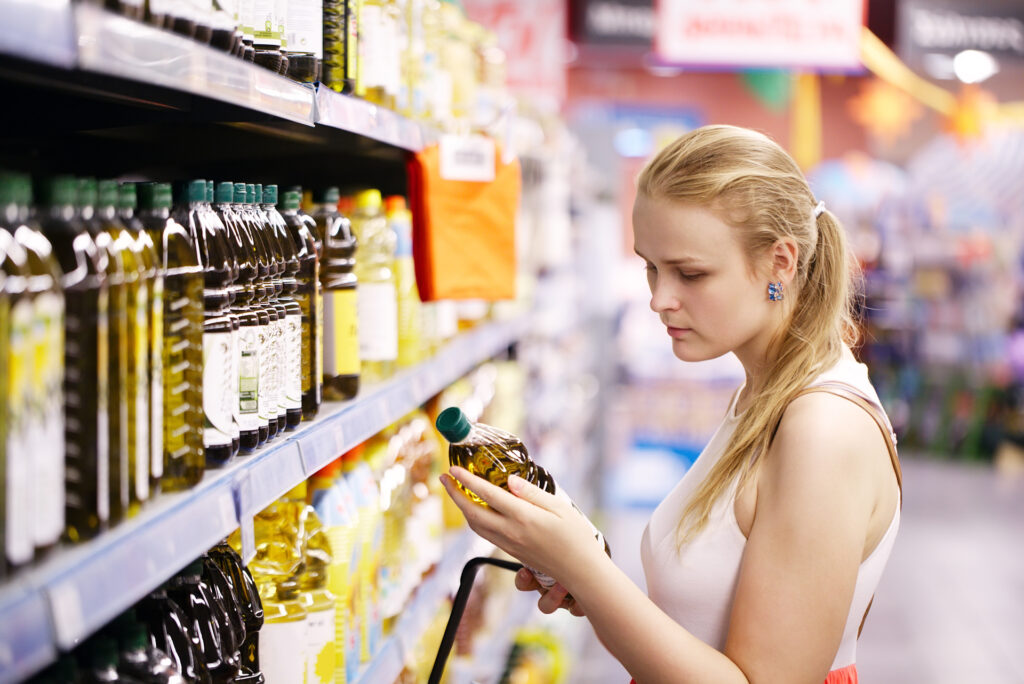
As the aforementioned risks are spread across the value chain, mitigation measures should be taken on a similar trend.
At the orchard level, the selection of the trees should be oriented towards local varieties noting their higher adaptation to the corresponding microclimates, draught, and diseases included. Smart agricultural practices are highly recommended to be adopted among producers, including smart irrigation techniques, sustainable soil care practices, and adherence to scientific and technical expertise.
At the public level, authorities are urged to regulate the olive oil business in terms of guaranteeing a strategic reserve by limiting exports and by establishing strategic trade agreements to import olive oil if domestic supply becomes insufficient. Importantly, authorities should protect consumers by enforcing fair prices, quality standards, and nonfraudulent activities. On a side act, authorities are urged to raise funds to protect this vital sector and support the producers in adopting new measures to mitigate this unprecedented crisis.
Olive Oil Production in Lebanon
The cultivation of olives and the production of olive oil typically contribute roughly 10% to the total value of the agricultural output This percentage can fluctuate from year to year, mainly due to the irregular bearing capacity of olive trees[4].
“Lebanon has been estimated to produce approximately 25,000 tons of olive oil annually. According to data from the FAO in 2018, Lebanon ranked as the 15th largest global producer, contributing 0.5% of the world’s total production. Over the past few years, the volume of olive oil exports ranged from 7,000 to 10,000 tons annually” [5], as reported by Lebtrade. According to the ICT Trade Map, the United States is one of the main imported of Lebanese olive oil, followed by Canada.
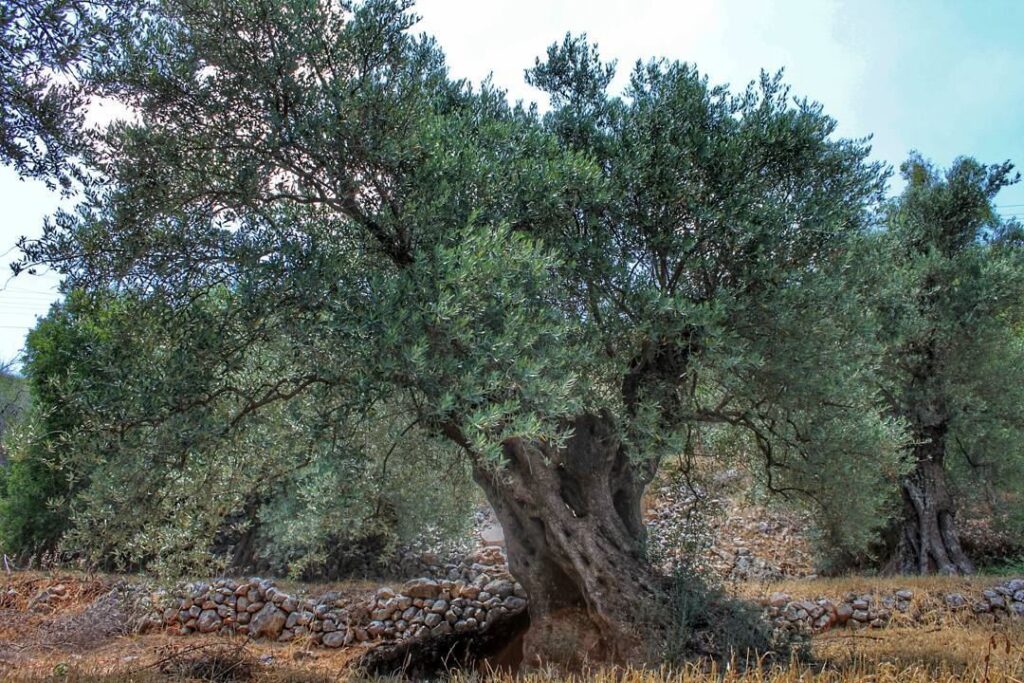
Saudi Arabia, Canada, the United States of America, Brazil, Germany, and Ukraine have been pinpointed as prospective markets for Lebanon’s olive oil exports. Notably, in 2020, Saudi Arabia, Canada, and the United States of America stood out as leading importers of Lebanese olive oil, collectively accounting for over 45% of the total share. In contrast, the other three countries, namely Brazil, Germany, and Ukraine, each imported less than 1% of Lebanon’s olive oil exports during that year[6].
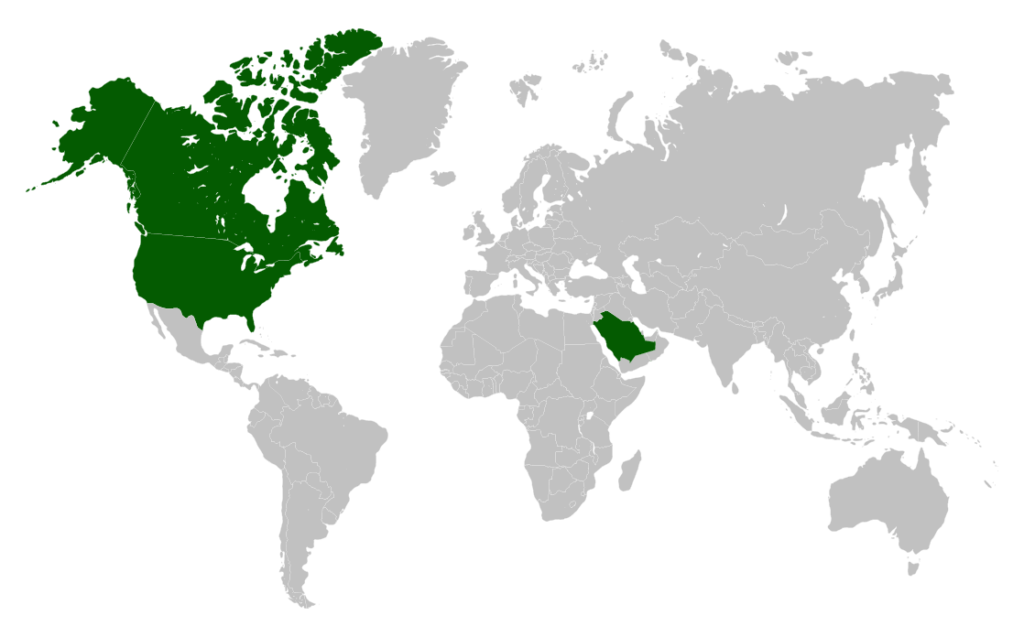
We confront a pressing question: how can this production thrive amidst Lebanon’s multifaceted crisis? It’s clear that local supply falls short of the ever-growing demand knowing that production of olive oil has dropped to an average of 70% this year, but in a nation grappling with a multitude of crises, what path forward can we envision?
Navigating this landscape demands strategic wisdom. The conundrum of export control, vigilant price monitoring, and other governmental interventions are at the forefront. Each measure presents trade-offs, not only for the growers but, in the end, for all of us who savor the golden nectar of Lebanon’s olive oil.
[1] Olive Oil in Spain | OEC – The Observatory of Economic Complexity
[2] Heat-related mortality in Europe during the summer of 2022 | Nature Medicine
[4] Lebanon Olive Value Chain Analysis Report (acted.org)
[5] Which-Markets-Offer-Most-Opportunities-for-Olive-Oil-Exports-from-Lebanon_V5-2021-10-012.pdf (lebtrade.gov.lb)
[6] Which-Markets-Offer-Most-Opportunities-for-Olive-Oil-Exports-from-Lebanon_V5-2021-10-012.pdf (lebtrade.gov.lb)


